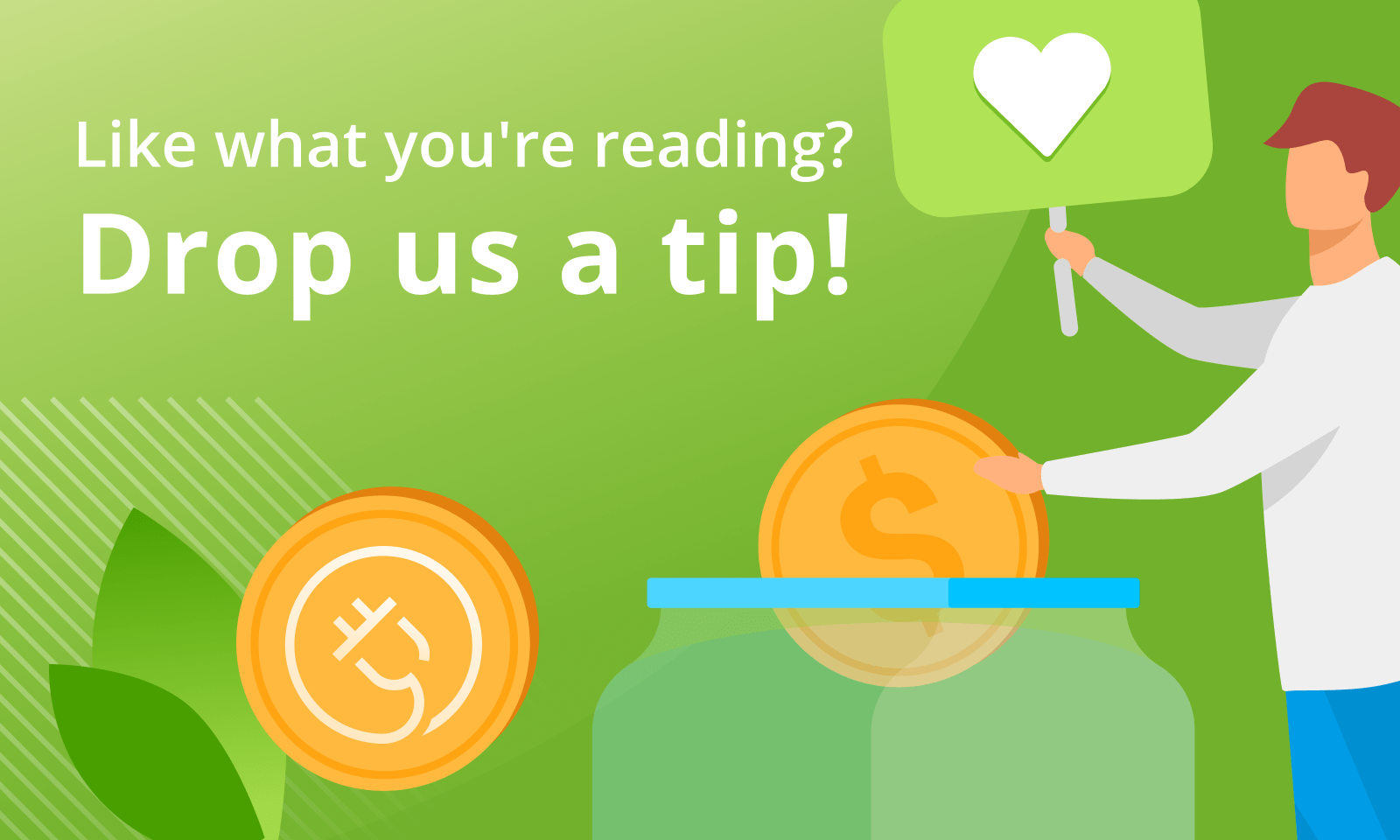Sign up for daily news updates from CleanTechnica on email. Or follow us on Google News!
Along the Gulf and South Atlantic coasts, sea levels have risen at least 6 inches since 2010. You wouldn’t think that’s a big problem in the scheme of things, but it is forcing groundwater to rise, which leads to elevated risks of overflowing septic tanks. The impacts of climate hazards are significant and escalating, including through more frequent and severe weather events, rising sea levels, and higher temperatures.
With the risks to the physical environment and health, climate pollution already imposes substantial financial costs on communities across the US. Individual consumer costs are expected to continue to rise as a result of putting additional households at risk of financial strain. “Concerningly, many households say they are unprepared to respond to unexpected expense or income challenges,” according to the US Department of the Treasury in their 2023 report, “The Impact of Climate Change on American Household Finances.”
Climate hazards and their consequences are highly localized. In fact, the location of US households with higher vulnerability overlaps significantly with many areas that are more highly exposed to future climate hazards. With guidance and support from policymakers, community groups, and other stakeholders, the Treasury Department recommends that households should prioritize building:
- their understanding of specific climate hazards with the potential to impact them;
- physical resilience to protect physical and financial assets and manage current and future expenditures; and,
- financial resilience to insulate their finances from negative impact as a result of climate hazards.
 Chip in a few dollars a month to help support independent cleantech coverage that helps to accelerate the cleantech revolution!
Chip in a few dollars a month to help support independent cleantech coverage that helps to accelerate the cleantech revolution!
Over half of US counties — home to millions of US residents — face heightened future exposure to at least one of the 3 extreme climate hazards: flooding, wildfire, or extreme heat. When climate hazards create costs, losses, or other financial burdens, they may cause households to struggle with managing their day-to-day finances, cope with unexpected expenses, and meet longer-term financial goals, thereby imposing financial hardship.
Climate hazards can impact household finances by causing:
- interruptions to employment-related income and benefits;
- damage and destruction to households’ property, requiring expenditures on repairs or replacement and potential impacts to property value;
- increases to the costs of consumer goods through interruptions to production or distribution, including through impacts on established supply chains;
- interruptions to energy generation, disruptions to fuel production and distribution systems, and damage to energy resources and infrastructure;
- interruptions or cessations of childcare, senior care, and other care services;
- increased household spending on transportation;
- increased healthcare expenditures due to physical injuries, including those requiring medical care and climate-related hospitalization;
- insurers to increase households’ premiums, reduce coverage, or choose not to renew coverage for households in certain areas; and,
- credit to become generally costlier or less accessible; and,
- inconsistent access to public benefit programs.
As the Treasury Department notes in its report, climate hazards can cause income loss, increase expenses, and place additional burdens on US households’ savings, credit, and insurance coverage. “These effects could have severe and lasting negative implications for the financial well-being of American households, particularly lower-income households, and other vulnerable groups,” the report notes. “Many of these effects have already been felt by households who have experienced climate-related extreme weather events.”
Paul Krugman, the Nobel Prize-winning economic scientist, argues that the damage from climate change is likely to be more severe than even pessimists have tended to believe. He says he’s been worried for a long time that models “understate the economic costs of climate change, because so many things you weren’t thinking of can go wrong. The prospect of part of America awash in sewage certainly wasn’t on my list.”
Part of Krugman’s worries emerge from the likely reality of the climate future. Saying we “probably won’t do enough to limit emissions,” he recognizes that President Joe Biden has done far more than any of his predecessors, “but it’s still not enough.”
Moreover, if Donald Trump gets back in office, he’s already promised oil executives he’ll reverse Biden’s climate actions, which clearly won’t limit the damage to the climate or household budgets. Many in the business sector refuse to acknowledge their culpability, insisting that the Earth is a resource and ecocide laws tip the legal scales too far in the direction of protecting nature and away from human needs.
We must not forget that a climate hazard like the extremely high temperatures we’ve been experiencing this week would have been virtually impossible without human-caused climate change. In all the regions a heatwave of the same likelihood as the one observed today would have been significantly cooler in a world without climate change, and heatwaves are among the deadliest natural hazards with thousands of people dying from heat-related causes each year.
Final Thoughts
To be clear, it’s not just the US that is experiencing higher household incomes due to climate hazards. In March, a study from scientists at the European Central Bank and the Potsdam Institute for Climate Impact Research found that rising temperatures could add as much as 1.2 percentage points to annual global inflation by 2035. They warn that climate impacts on economic productivity indicate that climate change may threaten price stability.
“These are really big effects … and they are going to get worse,” said Max Kotz, a climate economist at the Potsdam Institute and lead author of the March study. “The clearest way we can limit that is just trying to limit climate change itself.”
Drought in Europe has ruined many olive harvests. Heavy rains and extreme heat in West Africa are causing cocoa plants to rot. Early hot spells followed by frost decimated orchards. Soaring temperatures will create unbearable conditions for crops and workers. Severe storms and prolonged droughts will batter supply chains and disrupt the flow of trade. Escalating risk and uncertainty will make it more difficult to insure everything from a home to a new business venture… and to manage a household budget.
However, there is good news, too, for consumers. The shift to a a clean energy economy could produce significant benefits and cost-savings for households, including advancements in technologies and industries that allow households to take advantage of improved or innovative goods and services. New energy production and infrastructure investments could improve efficiency and reduce household utility and transportation costs.
Investing in a carbon-neutral clean energy future has the potential to generate widespread societal and economic benefits through improvements to the physical environment that benefit overall public health. These changes could help raise living standards and increase the safety of vulnerable populations disproportionately affected by the physical impacts of climate change.
Have a tip for CleanTechnica? Want to advertise? Want to suggest a guest for our CleanTech Talk podcast? Contact us here.
Latest CleanTechnica.TV Videos
CleanTechnica uses affiliate links. See our policy here.





